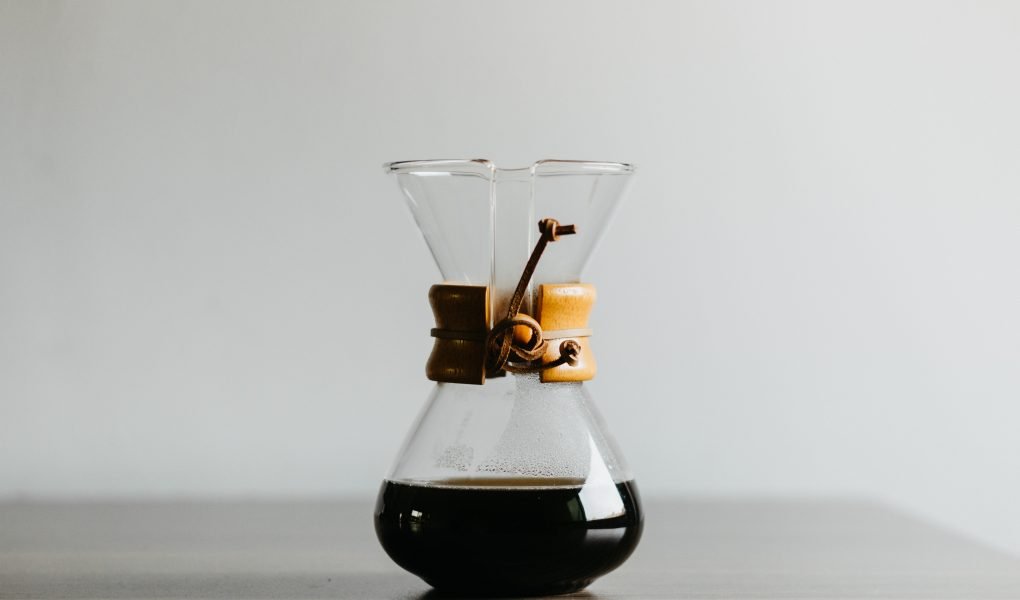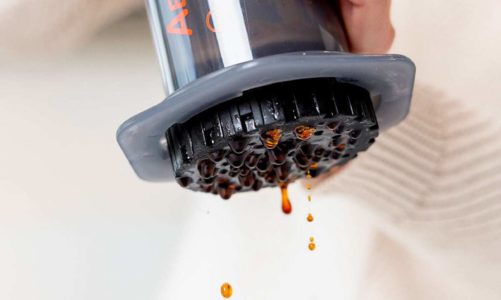The Chemex is a unique coffee brewing device that not only serves as a countertop masterpiece but also brews some exceptional coffee. It requires an initial learning period and a few extra tools to do it right, but once you have that covered, you will never brew coffee another way again. But what is a Chemex? How does it work? Let’s take a look.
Chemex brewing is something that has been around since the 1940s but has been steadily growing in popularity in recent years. As coffee brewing becomes more and more popular over time, people are looking to try out new and unique methods of coffee brewing.
A Brief Chemex History
Dr. Peter Schlumbohm invented the Chemex coffee maker back in 1941. Dr. Schlumbohm was a chemist who has over 300 registered patents covering a range of different industries, with the goal of creating unique items that were more practical and fun to use.
When it came to the Chemex, the focus was mainly on extracting the perfect cup of coffee, but also on creating a device that was eye-catching (which he succeeded in doing). As Dr. Schlumbohm was a chemist, he knew how to get the perfect extraction when it came to coffee. He also created the double-bonded Chemex paper filters that sit upon the top of the unique glass carafe.
The corporation is a family-owned company and the device itself is ranked among the 100 best-designed products of modern times, being placed in many museums around the world.
What Is a Chemex?
A Chemex is a coffee brewing device made of Borosilicate glass that was created in 1941. It uses a traditional pour-over method to extract coffee through a filter, into a large glass chamber at the bottom.
A Chemex can be directly compared to a manual pour-over coffee maker that uses a brewing method called “infusion” or “drip coffee”. The Chemex was invented by a German chemist, Peter Schlumbohm in 1941, and was released by the Chemex Corporation in the same year.
The Chemex coffee maker itself is an hourglass-shaped carafe that is made out of high-resistant Borosilicate glass. The original design comes with a sleek wooden collar and a leather tie. Compared to a French Press, the Chemex produces a richer and cleaner cup of coffee, with optimal extraction.
The premise behind the Chemex coffee maker is to create a cup of coffee with reduced sediment and added minerals from other brewing methods, whilst extracting the coffee flavors perfectly through its expert design.
Using a thick filter with around 30% more thickness than other filters, in addition to the shape of the device, you end up with a rich-tasting coffee without anything hindering the taste. Although Chemex coffee brewing takes a lot more time and patience, the brewing process is simply fascinating to watch.
The Things Needed in Order to Brew a Chemex Coffee
There are four important components that will be used for making a Chemex coffee. Each one has its own function and is as equally important as the other.
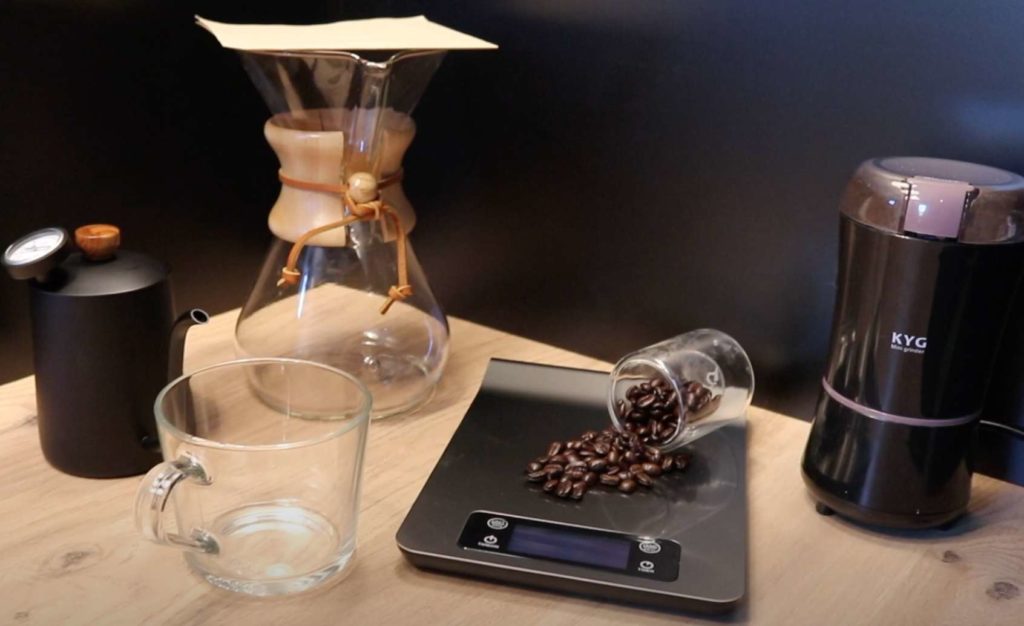
1: Chemex Coffee Maker
The only propriety that can manufacture and distribute an actual Chemex Coffee maker is the Chemex Company. However, you can find the products in many different stores and also online on sites like Amazon. Be sure to avoid off-brand replicas too, they could be worse. If you want the true experience, get the reputable brand, Chemex.
The Chemex® coffeemaker is an elegant, one-piece, hourglass shaped vessel made of high quality, heat resistant glass.
2: Coffee Beans or Grounds
For the coffee beans, there are two options to choose from. Either, buy pre-grounded coffee beans with a medium-coarse grind or purchase whole coffee beans, and make use of the grinder at home.
In order to get the best tasting and most aromatic coffee, it’s better to use freshly ground coffee compared to a store-bought pre-grounded coffee. However, if you are short on time, just get the pre-ground bags.
When it comes to the type of beans that work best for the Chemex, it actually depends on who will consume the coffee. Some people like their coffee really strong with a fuller taste, which is why a Robusta Bean works better for them. Others like to taste coffee, but will choose the bean that has a smoother and richer taste. This is why Arabica Beans are the most popular because they offer the coffee kick but with a smoother flavor.
This is our top pick on beans and grounds to use for your brewing.
3: Coffee Filter
Many people actually believe that there is only one type of coffee filter, but there are actually 3 types of filter, one filter even has 2 types of its own.
The most important thing to remember here is that the Chemex filter is essential if you want to do this the right way. The Chemex filter offers a 30% stronger filtration process which adds to the coffee taste. That being said, you can still try other filters, they just might not work as well.
Paper Coffee Filter
The paper filter is the most common coffee filter used. They can be easily found in any grocery store. They are usually used in the pour-over brewing method. The 2 most common shapes of a paper filter are cone-shaped and basket-shaped. The shape of the filter depends on the coffee maker used.
Cloth Coffee Filter
A cloth coffee filter is not as common as a paper filter, but just like its paper counterpart, they trap the oils making the coffee healthier, reducing sediments, and improving flavor.
Metal Coffee Filter
The advantage of using a metal coffee filter is that the oils from the coffee pass through it, giving a fuller and richer taste of coffee, compared to paper filters. Certain flavors of the coffee are actually present in the oils, which is why metal filters have an advantage over paper filters.
4. Gooseneck Kettle
When using pour-over coffee brewing methods, always remember to use a gooseneck kettle and not the regular kettle. Using a gooseneck kettle is important since the pour-over is a delicate method that needs precision and a slow pour.
Gooseneck kettles will give a better water flow rate while a regular kettle will only make the water gush in an uncontrollable way. You want to ensure that the water can flow slowly through the coffee and retain as much flavor as possible.
Related: Drip Coffee Vs Pour Over Coffee
How to Make The Perfect Chemex Coffee
The Chemex is one of the more difficult coffee brewing methods to learn. It requires specific ratios, temperatures, and pouring techniques in order to get the best quality of coffee. Whether you follow a guide or not, it will take a few practice attempts before you get the techniques right, and before you identify the best ratio to use.
Below is our guide on how to use a Chemex.
1. Bring the Water to A Boil
The first thing you need to do is to boil your water, this will allow you time to prepare other things whilst the water is boiling. You can use any method to boil the water, but ultimately, you should pour from a gooseneck kettle.
Why a kettle with a gooseneck spout? Because it offers better control of the water flow rate and makes the pouring more precise, a key factor when making a Chemex coffee. A gooseneck kettle also makes the brewing experience easier, helping avoid water spilling all over the place.
Ideally, you want the gooseneck kettle to have a temperature gauge (most come with it) to get the optimal temperature for coffee extraction. An ideal water temperature for a Chemex coffee is between 190 to 205°F.
2. Weigh Our Your Coffee – 1:15 Ratio
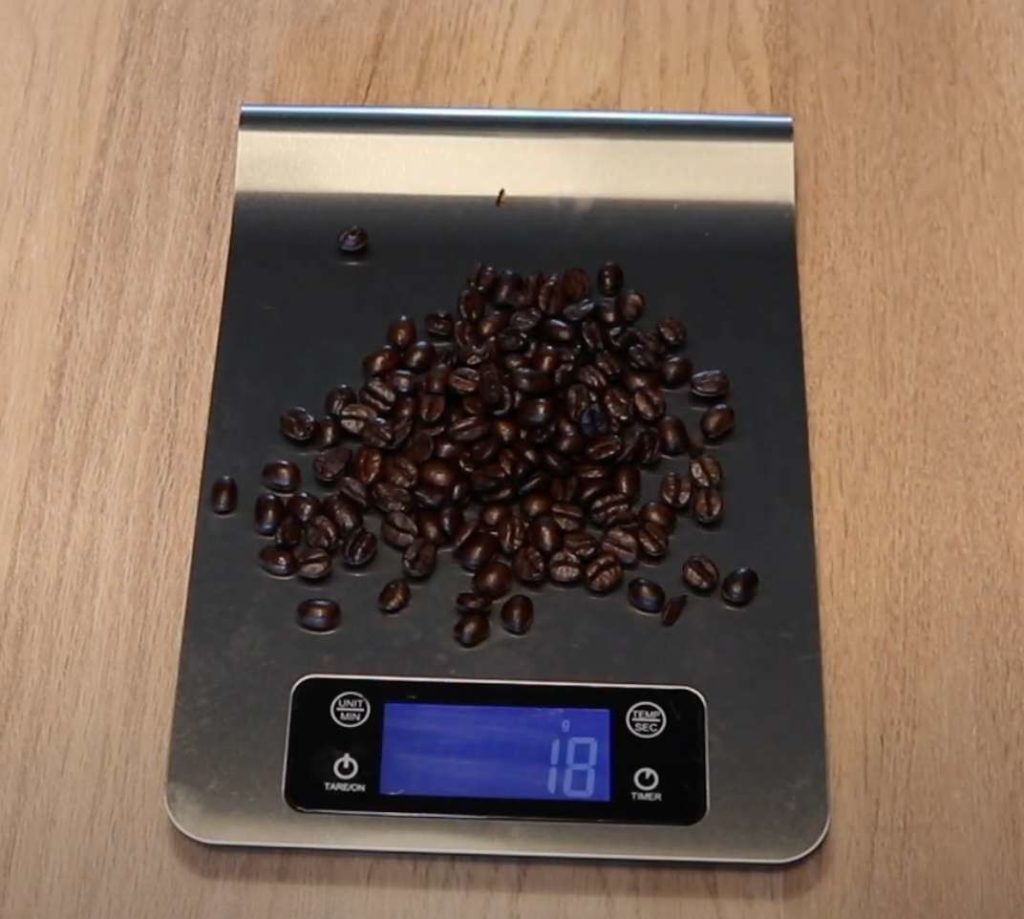
The ratio is an important thing to consider when making a Chemex coffee. If you get this wrong, your coffee will either be too weak or too strong. An ideal starting ratio would be 1:15 which means that for every 1 gram of coffee you add 15g of water. If you find it is too weak/strong, then you can start to slightly adjust the ratio until you find the golden ratio for you.
For 1 cup we used a standard 18g of coffee beans, other people may recommend different amounts. Then the following can be used:
| Cups | Coffee | Water |
|---|---|---|
| 1 | 18g | 270g |
| 2 | 36g | 540g |
| 3 | 54g | 972g |
| 4 | 72g | 1,080g |
| 5 | 90g | 1,350g |
Related: Best Pour Over Coffee Ratio.
2. Grind the Coffee – Medium-Coarse
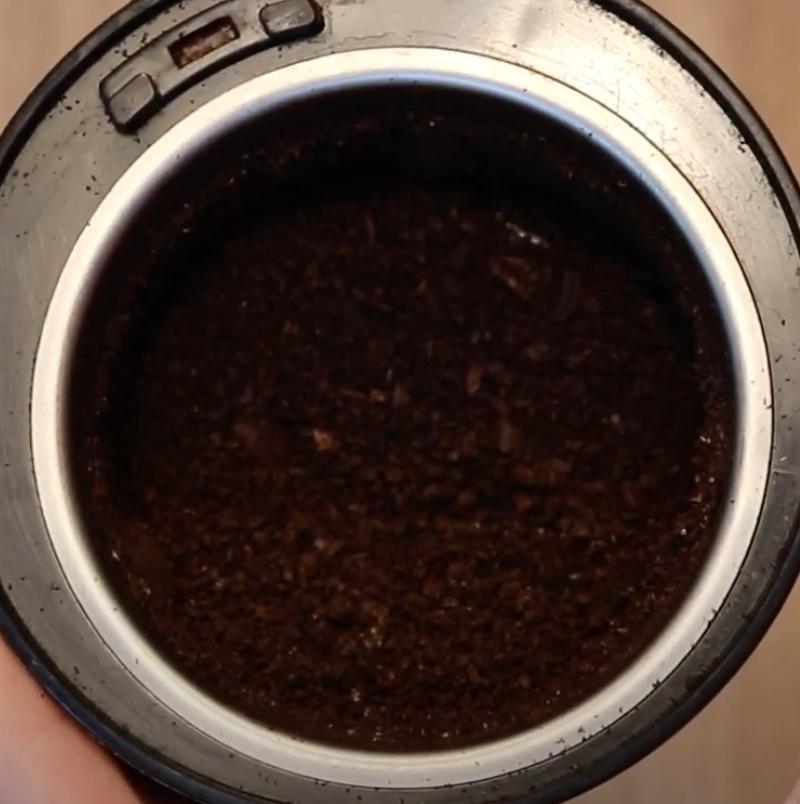
The grind size for a Chemex coffee should be medium-coarse. You should be aiming for a table-salt consistency. This is essential when it comes to pouring the water on the coffee as it allows water to easily pass through the coffee whilst absorbing the essential oils. If you have a grind that is too fine, the water will struggle to travel through and pick up too much sediment on the way.
3. Fold, Apply, and Wet the Chemex Filter
There are various filters that can be used with the Chemex, however, we used the Chemex Bonded Filters to get the best results.
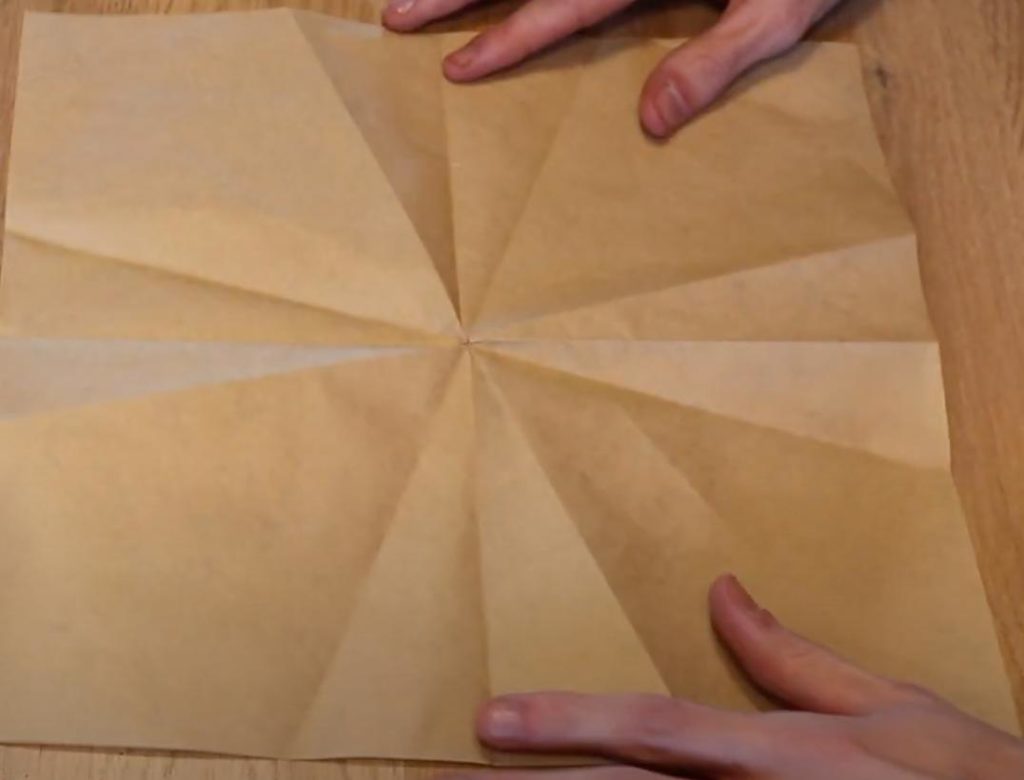
When you first see the Chemex filter, you will be slightly confused. There are many different techniques on how to fold it, you can see our steps in the video guide above. You need to fold one corner point, then flip over and fold the other, allowing you to double over the filter to fit the perfect cone shape of the Chemex.
The filter can then be placed into the Chemex, ensuring that the folded, thicker side of the filter sits over the pouring spout side. From there, pour some heated water around the filter paper, just enough to dampen it, and pre-heat the Chemex. This removes any unwanted tastes that could be picked up from the filter.
You can then empty the water out of the Chemex, ensuring that the filter stays in place.
4. Add the Coffee Grounds
Once you have the filter ready, you can add the ground coffee into the paper. Ensure it is spread out evenly, not just a mound in the middle.
5. Start the First Pour
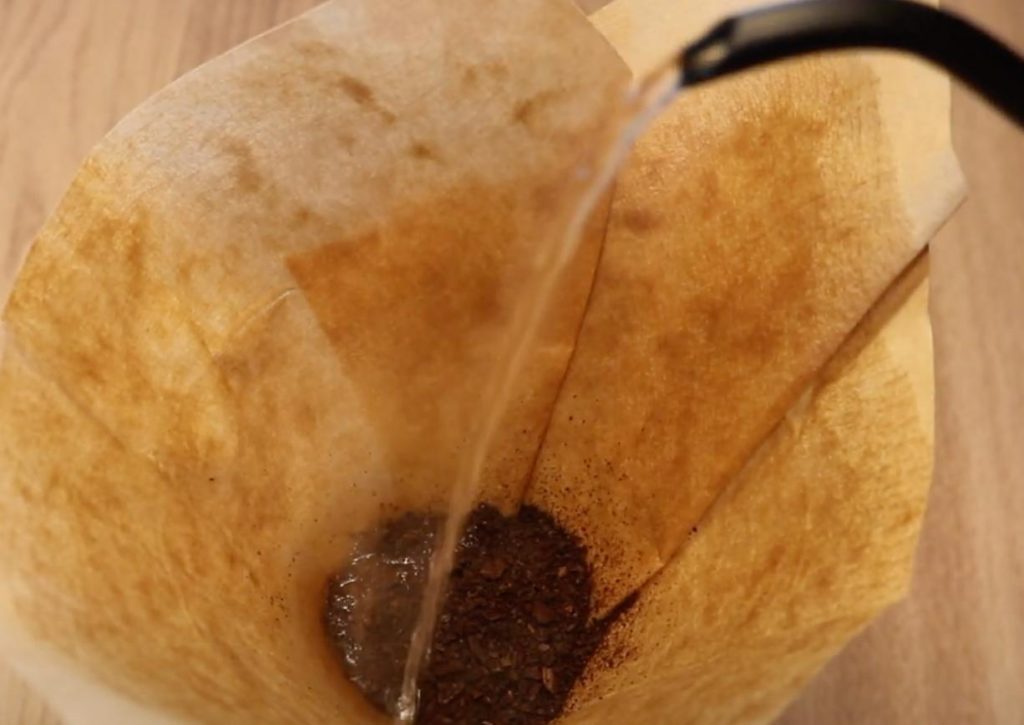
Once your water is at the perfect temperature and in your gooseneck kettle, start your first pour. The first pour is essential as it allows the coffee to bloom, which is a chemical reaction that starts to release the flavors and aromas of the coffee.
You should pour enough water to cover the coffee grounds in the Chemex, then leave it for 30-seconds to allow the blooming process to take full effect. This should be done in a circular, slow, and controlled motion to avoid any extra water being poured and to ensure all of the grounds are covered.
6. Finish Pouring
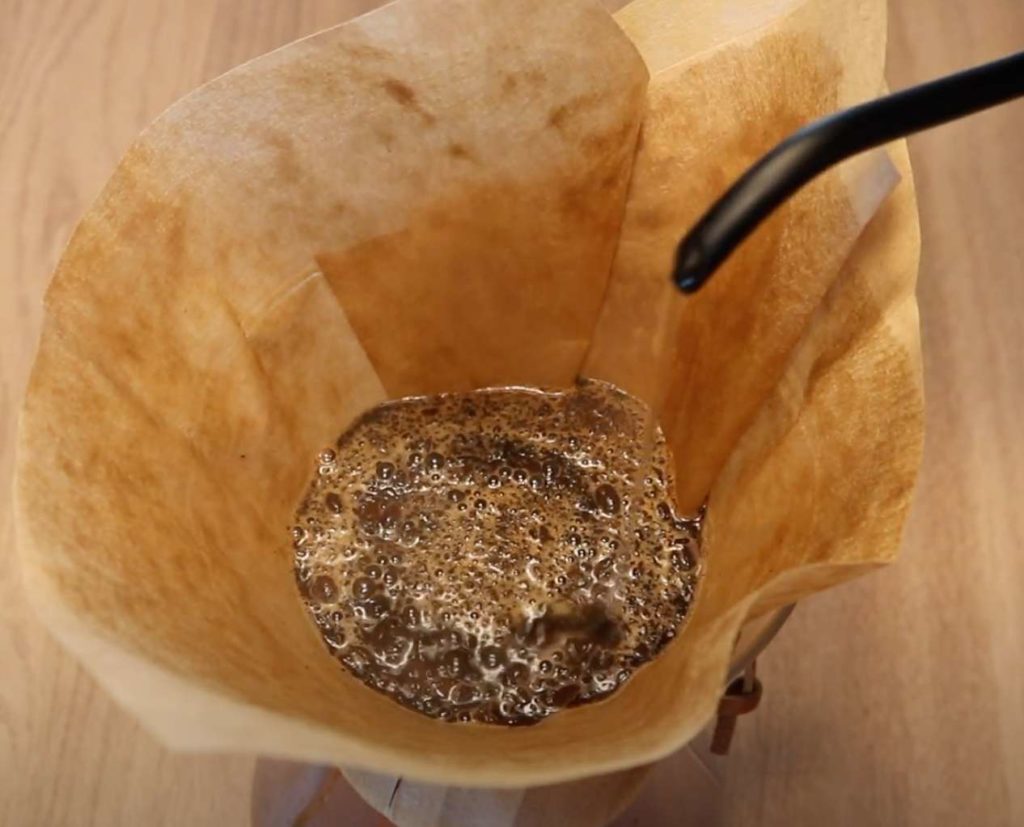
This next step will depend on how many cups you brew. If you are just brewing one cup, you can finish pouring in one go. If you are brewing several cups, you will have to repeat pouring 3-4 times, as the water level should never exceed the top of the Chemex; therefore you would wait for the water to pass through, then pour again, then repeat.
You should pour in a circular motion, slowly and in a controlled way, ensuring that you cover all of the coffee. Top up the water before the final part of the water drains through, you shouldn’t let the water completely pass through, there should be an inch or two still left when you top up.
7. Serve and Enjoy
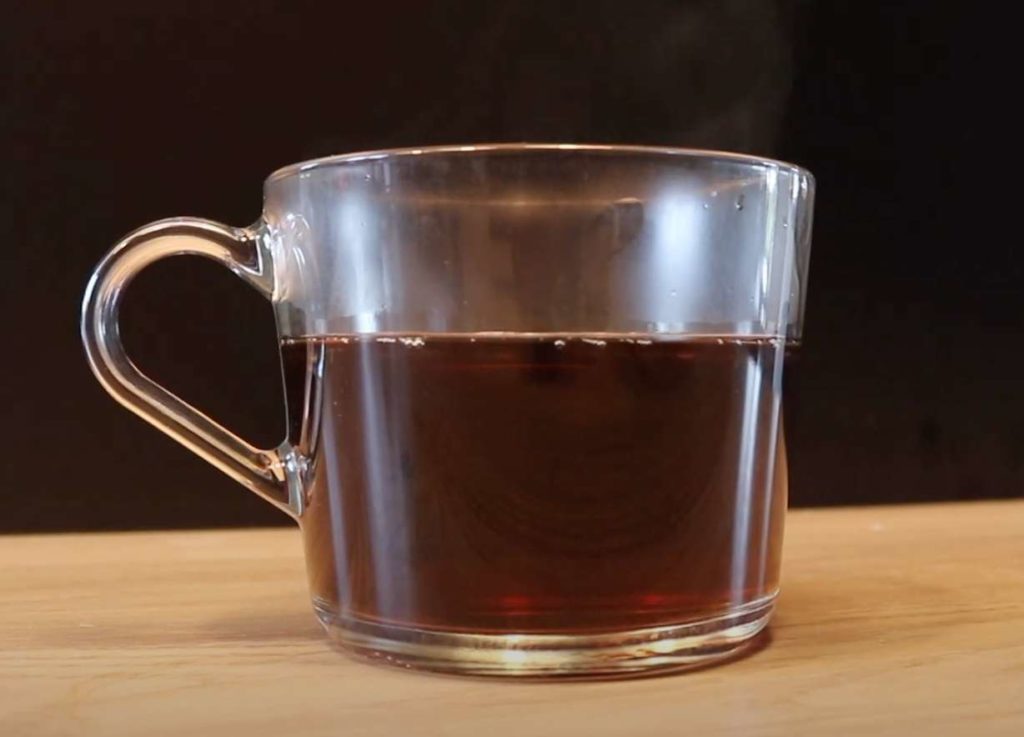
You can now remove the filter and dispose of it. Leaving you a carafe of freshly brewed Chemex coffee. Be sure to swirl the carafe before serving and pour from the indented spout of the carafe.
Is it Worth it?
For those coffee enthusiasts who haven’t tried Chemex coffee before, this is the perfect time to expand your love for coffee and broaden your coffee-making skills. It is definitely worth the time invested in learning this brewing technique, especially if you use fresh and high-quality coffee beans. Just remember to follow the processes and take note of any tips, in order to get the perfect cup of coffee.
Chemex FAQ
It depends on who you are making coffee for. The most popular size Chemex is enough to make 8 Cups. This is perfect for a family and to make coffee for friends when you are entertaining. Record how much coffee you make a day to determine the best size Chemex.
A Chemex is meant to be better than other coffee brewing methods due to the outcome of flavor and taste. The unique brewing method reduces unwanted minerals and encourages a stronger, richer, and cleaner coffee taste at the end.
It is estimated that a Chemex brew should take between 5 and 8 minutes. If the time is any shorter or longer, then reevaluate your brewing steps and adjust them accordingly. This will allow you to get the best flavor.
It is not the Chemex brewing method that provides the caffeine, it is the coffee you choose to use, and the amount of that coffee. You should check the packet of the coffee and how many mg you are adding to your coffee to determine the caffeine.
The Final Sip
What is a Chemex? A Chemex is a coffee brewing device that uses the pour-over method to create a unique and great-tasting coffee. We highly recommend that you try a Chemex coffee and practice different recipes to see what this great brewing device can do.

